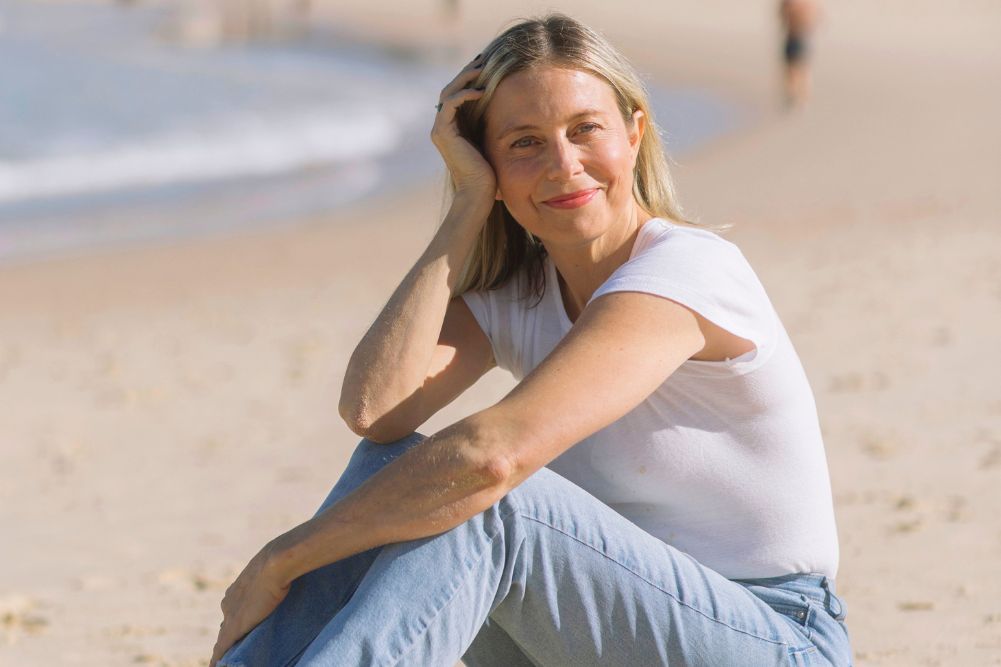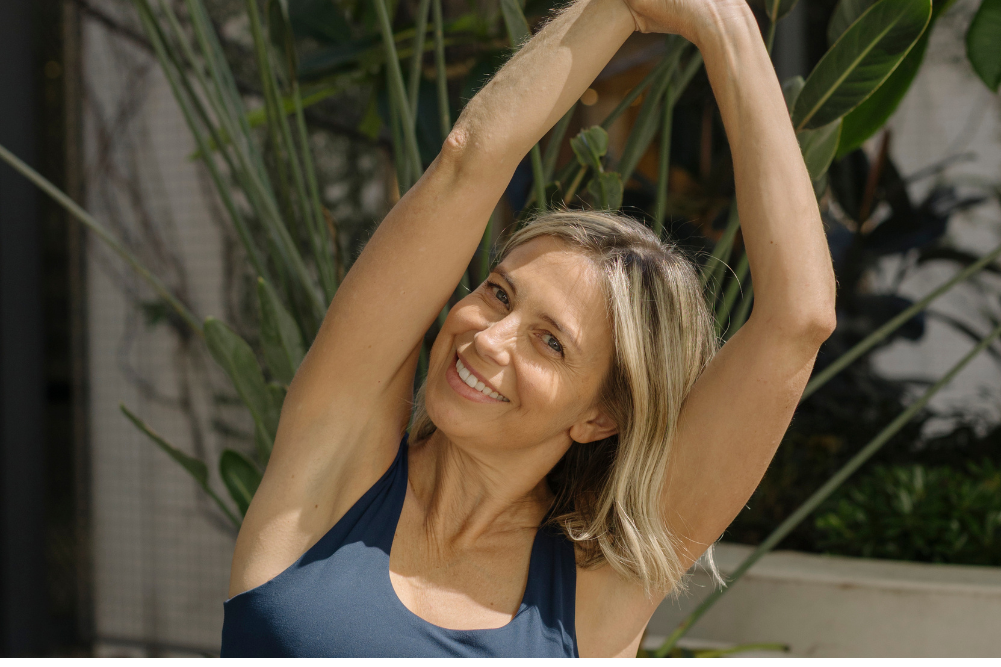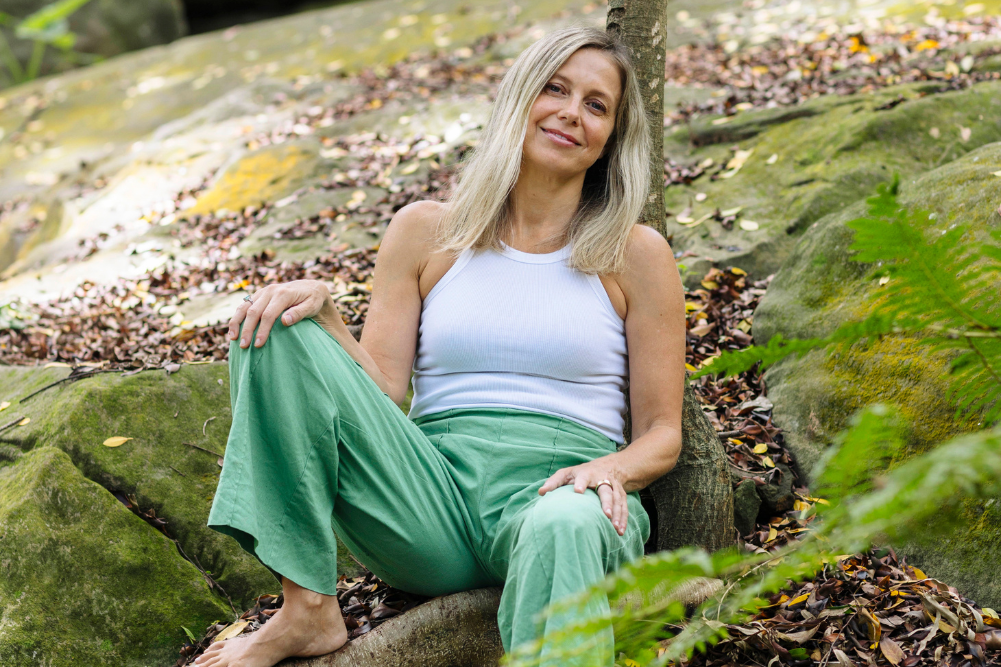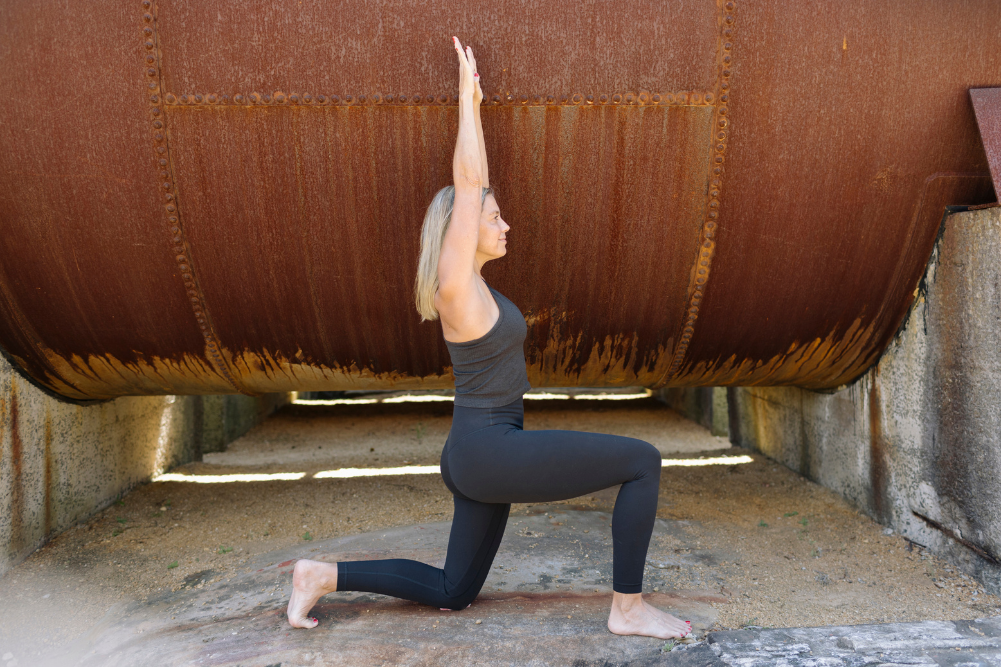How to do a headstand – sirsasana
The headstand, sirsasana is one of my favourite positions and it’s probably one of the most popular and well-known asanas in yoga. There are plenty of people who come to yoga classes eager to learn this pose and although, sirsasana isn’t as tough as it looks, it’s best if you first build up your strength and have sufficient practice before attempting this asana.
Sirsasana is an iconic yoga pose. In fact it’s known as the king of asanas – not just because it involves a test of balance and strength, but due to the effects it has on the body and mind. The benefits of the headstand are vast. The headstand is a powerful inversion and like all inversions it’s great for boosting circulation throughout the body. It is especially beneficial for replenishing the stagnant blood in the legs. In this pose, the flow of blood to the head is increased, meaning the functioning of the brain and eyes is improved. Sirsasana keeps the skin looking youthful and radiant, it’s known to enhance concentration and assists with digestion. It seems like the headstand has it all. Now you know how the yogis that are 90-something years old and still going strong are doing it!
If you have never performed headstand before it is advised you do so under the guidance of a teacher. If you are not comfortable doing the position freestanding it can be performed against a wall. There are several different types of headstand in yoga. The following is known as salamba sirsasana
- Come onto all fours and bring the forearms onto the ground
- From here touch the opposite hand to opposite elbow. This will give you the correct distance that must be maintained between the elbows.
- Keep this distance between the elbows and release the hands. Interlace the fingers together and place the hands on the floor so a tripod base is formed. This is your base that will support you during the headstand. Creating this stable foundation is really the key in this posture.
- Place the crown of the head on the floor, cupped by your interlaced fingers. Be mindful that the hands are actually cupping the back of the head. They should NOT be underneath the crown of the head.
- Lift the hips and knees up and walk the feet as close to the body as possible.
- Then bend both knees, bringing them close to the chest. Using your abdominal strength lift the feet off the floor. If you feel more comfortable you can try lifting one leg at a time. Then extend the legs upward.
- Keep your legs and feet together and gently rotate the thighs inward. Your weight should be evenly distributed on your forearms. If you are practicing against a wall, try taking your feet a few inches from the wall and try to balance for a few seconds. You can then return your feet to a wall. Practicing this will help build up your confidence so you can eventually do headstand freestanding.
The great thing about the headstand is that there are so many variations you can do when you’re in the final position. Only if you feel confident, you can try placing your feet in baddha konasana (soles of the feet together), put them in lotus, do a leg split or rotate your legs around.
If you’re very new to sirsasana, hold the position for up 20 seconds. Each time you practise you can gradually extend this time. Holding the pose for 3 – 5 minutes is a good length of time to receive the benefits of the posture, but if you can hold it for longer and comfortably, go for it and release when you’re ready. Some yogis claim to be able to hold the position for hours.
To release: Bend the knees. In a slow and controlled manner, exhale and bring the legs toward the floor. This asana should be followed up with an extended child pose. This is a recovery position and will help combat any dizziness experienced when exiting the pose.
Precautions
This posture is best avoided if you have heart problems or recent brain, heart or abdominal surgery. As it is an inversion, it is best avoided if you are menstruating.







